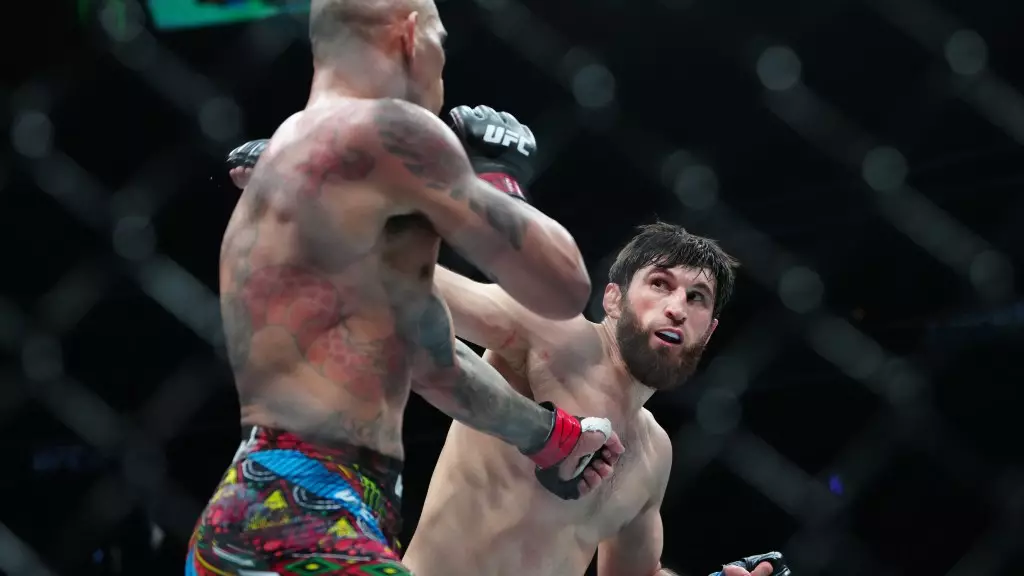UFC 313 took place at the iconic T-Mobile Arena in Las Vegas and culminated in a pivotal moment for the light heavyweight division: Magomed Ankalaev was crowned the new champion. This event is noteworthy not just for the outcome but for how it challenges prevailing narratives within the sport. Former welterweight champion Kamaru Usman, an esteemed voice in the MMA community, shed light on the intricacies of the fight that might have gone overlooked—particularly the nuances that led to Ankalaev’s victory over Alex Pereira.
Ankalaev’s Striking Versatility Shines Through
Contrary to popular expectations that Ankalaev would lean heavily on his wrestling, his performance was marked by striking prowess and tactical superiority. Usman emphasized that Ankalaev’s approach defied the classic “Dagestani wrestler” label often assigned to fighters from that region. Instead, what audiences witnessed was a fighter who adeptly utilized footwork, striking, and impressive fight intelligence to outmaneuver Pereira. This paradigm shift challenges the typical framework within which fans analyze fighters and fighting styles. Ankalaev showcased a multifaceted strategy well beyond mere grappling.
It’s crucial to understand that while wrestling remains integral to MMA, tactical striking can decisively dictate the fight’s direction. Ankalaev’s ability to maintain pressure and pace not only overwhelmed Pereira but also dismantled any anticipations of a wrestling-dependent match. Usman’s insight highlights a significant evolution in MMA—where the art of striking can triumph over established wrestling hierarchies.
Hand Fighting: The Subtle Art of Control
One of the more fascinating aspects of the fight, as Usman pointed out, was Ankalaev’s mastery of hand fighting. This element is often underestimated but proved crucial in neutralizing Pereira’s offensive potential. By effectively controlling Pereira’s front hand, Ankalaev restricted his opponent’s ability to set up those notoriously effective jabs. This subtlety exemplified the depth of Ankalaev’s strategy: fight not just with power but with finesse. It’s a reminder that in the octagon, controlling space and crafting openings can frequently overshadow raw aggression.
A Call for a Rematch: The Evolution of Title Dynamics
After demonstrating his talent and determination, Ankalaev stands on the cusp of solidifying his legacy within the division. Usman’s prediction of a rematch is not only prudent; it is essential for the evolution of both fighters. Pereira, despite his off night, has proven himself against formidable competitors during his championship run, and a second encounter with Ankalaev could reveal untapped potential and strategies.
In the landscape of MMA, opportunities for redemption often pave the way for greater narratives. This anticipated rematch could reignite the excitement within the division, providing each fighter a platform to adapt and showcase their growth. Such dynamics magnify the beauty of combat sports—where two athletes can meet again, evolving beyond their last encounter.
Ankalaev’s championship reign may be just beginning, but the conversations surrounding his fighting style and potential rematch with Pereira mark a transformative moment for the light heavyweight division. As Usman articulated, the implications of this bout extend beyond just title belts; they could very well redefine what it means to be a champion in modern MMA.

